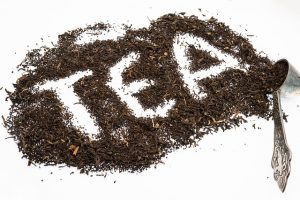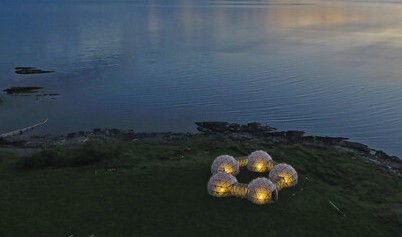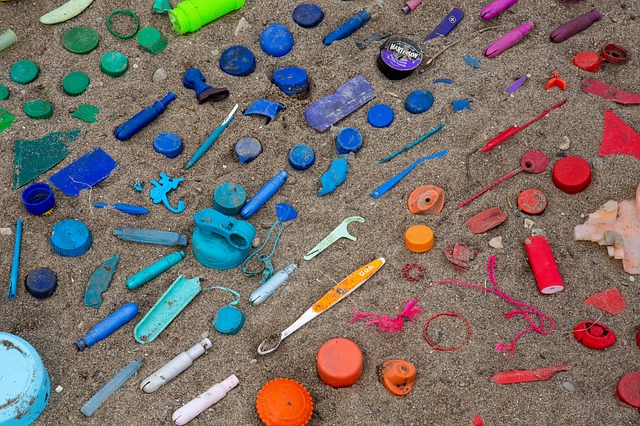Am ROSE College unterrichten ca. 300 Dozenten aus 26 Nationen. Für unsere Sommerausgabe des ROSE Letters stellen einige von ihnen kulinarische Spezialitäten ihres Heimatlandes vor. Vielleicht besuchen Sie eines dieser Länder während Ihres Sommerurlaubs? Dann würden wir uns freuen, wenn Sie nach Ihrer Rückkehr berichten, wie Ihnen die Gerichte geschmeckt haben.
 Frau K. aus Korea
Frau K. aus Korea
Bei der Hitze muss in Korea natürlich zur Abkühlung unbedingt „Naengmyeon“ gegessen werden und danach als Nachtisch „Patbingsu“!
Naengmyeon ist ein Nudelgericht, das kalt serviert wird, entweder in eiskalter Brühe oder in scharfer Chilisoße. Ursprünglich war es mal eine nordkoreanische Spezialität, aber mittlerweile ist es zu einem nationalen Sommergericht geworden.
Patbingsu ist ein Sommerdessert aus Crushed Ice das traditionellerweise mit süßem Bohnenmus (Pat) belegt wird. Neuerdings gibt es keine Grenzen, wenn es um die Toppings geht – von Früchten, Eiscreme, Joghurt über Kaffeebohnen bis hin zu Oreos. Dann heißen sie aber nur Bingsu.

Herr G. aus Shannon, Irland
Typical Irish dishes are:
Dublin Coddle
Colcannon
Barmbrack
and of course drinks:
Guinness
Whiskey
Irish Mist
Baileys
and many more

Frau V. aus La Coruña, Spanien
folgende kulinarische Besonderheiten würde ich vorschlagen:
Caldeirada (Fischgericht)
Empanada gallega
Vieiras (Jacobsmuscheln)
Tarta de Santiago (Mandeltorte mit Jacobskreuz)

Herr G. aus Großbritannien
When in England you must try Apple Crumble which is served with cream or custard. If you can’t make it to the UK here is an easy recipe for you to make one at home.

Frau S. aus Deutschland
Als gebürtige Saarländerin kann ich mit nichts Exotischem dienen, aber mit dem saarländischen Nationalgericht: Dibbelabbes
Zutaten (4 Personen):
• 1,5 kg Kartoffeln
• 250g Zwiebeln
• 200g Dörrfleisch (=durchwachsener Speck)
• 1 Stange Lauch
• 2 Eier
• 1/2 TL Salz + Pfeffer
• Sonnenblumenöl und Butter
Zubereitung:
• Die rohen Kartoffeln schälen und fein reiben, anschließend in einem sauberen Geschirrtuch fest ausdrücken.
• Zwiebeln schälen und fein hacken.
• Lauch putzen und in Ringe schneiden.
• Alles in einer großen Schüssel mit den Eiern, Salz und Pfeffer vermengen.
• Dörrfleisch in kleine Stücke schneiden und in einem gusseisernen Bräter in etwas Öl anbraten.
• Die Kartoffel-Zwiebel-Ei-Mischung dazugeben und bei mittlerer Hitze stocken lassen. Masse immer mal wieder mit einem Holzlöffel durchstoßen und hin- und herbewegen, damit die Masse nicht anbrennt. Evtl. etwas Öl bis zum Bräterboden durchlaufen lassen.
• Einen großen Teller bzw. eine Kuchenplatte auf den Bräter decken und den Dibbelabbes komplett umstülpen (Vorsicht! Masse muss gestockt sein und es darf kein flüssiges Öl mehr im Bräter sein!)
• Boden des Bräters wieder mit Dörrfleischstücken bedecken und Dibbelabbesmasse umgekehrt langsam in den Bräter zurückgleiten lassen.
• Mit Butterflöckchen bestreuen.
• Der Dibbelabbes muss nun bei etwa 180 °C ca. 40 Minuten im vorgeheizten Backofen backen. Darauf achten, dass sich immer genug Öl oder Butter am Bräterboden befindet, so wird der Dibbelabbes rundherum schön knusprig.
Dazu passt am besten Apfelmus.


 Frau K. aus Korea
Frau K. aus Korea



